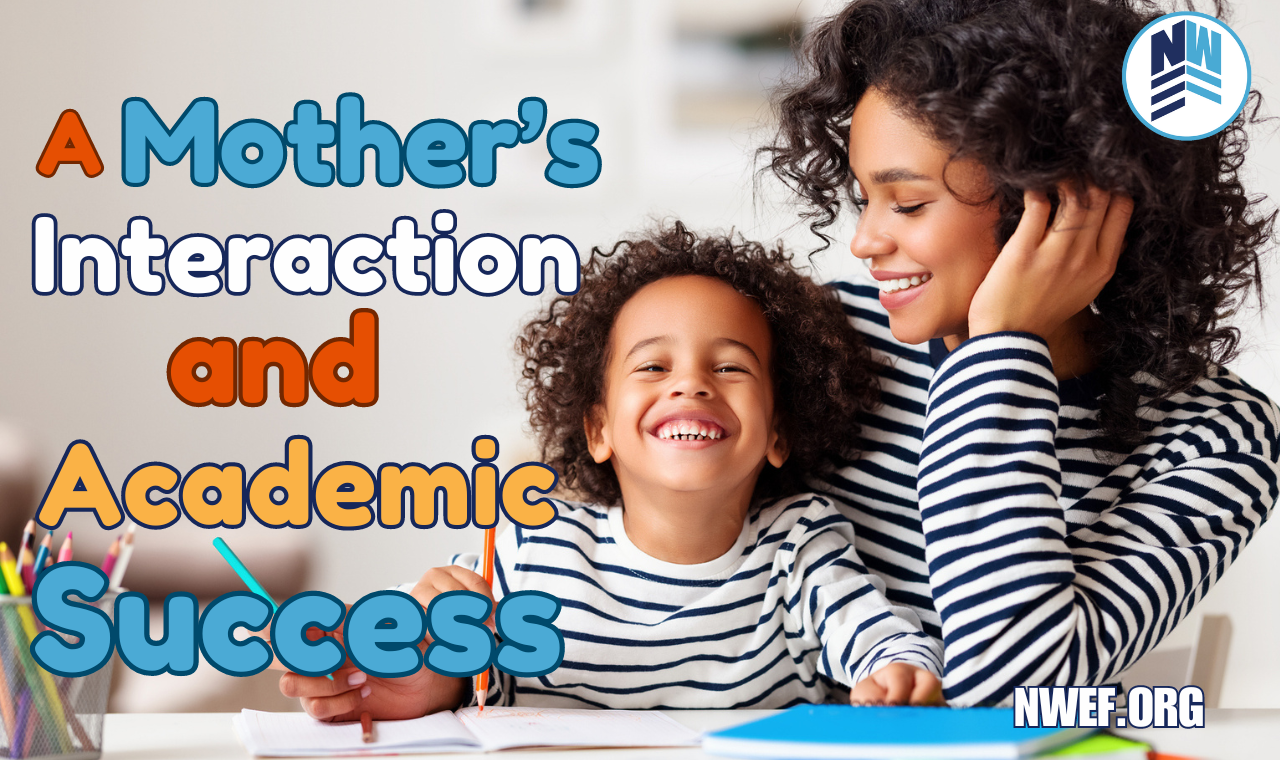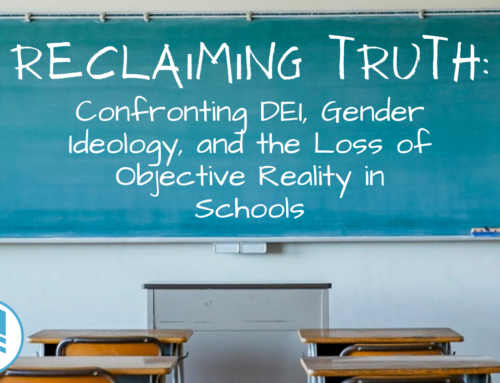
Good mothers interact and teach their children from birth. There are teaching secrets that moms know that can be used in the classroom. Moms are masters at flexibility, using play in constructive ways; they know when to say no or dish out the praise. The same should be true in the classroom.
Teaching starts with Mom. She talks to her baby, uses touch to form bonds, and makes eye contact. As her child grows, she teaches obedience and begins to introduce complex subjects such as how two plus two equals four and what makes a flower grow. Moms are the best people in the world to love and teach their children.
Sometimes, a mother is missing from a child’s life. The reason could be as tragic as a death or as simple, yet still tragic, as emotional indifference. Many moms aren’t there for their children in a very real way, even if they’re physically present.
Children’s development can be stunted in innumerable ways, but one of the saddest is when healthy maternal interaction is missing. How can a child thrive if such an important relationship is compromised or nonexistent?
There’s no denying that the results can be devastating.
The Connection Between Moms and Education
The mother-child relationship lays the groundwork for education, relationships, and mental, emotional, and even physical health. If a mom has a bad relationship with her child, the foundation is shaky at best. But if the relationship is good, things fall into place and heighten the chances of success in every area of that child’s life.
Does this mean every child who has a good mom will turn out to be a smart, kind, motivated adult who has perfect relationships? No. Other things factor in. None of us are perfect. We all make mistakes—perhaps ones our moms warned us about! People and circumstances beyond our mother-child relationships can hurt us, too.
However, the science is clear: kids have better chances if they are loved by and attached to their mothers.
Human relationships are built on trust. Trust starts on day one. Very Well Mind, in an article on attachment theory, says, “When caregivers respond quickly and consistently, children learn that they can depend on the people who are responsible for their care, which is the essential foundation for attachment.” Pathways are forged in the baby’s mind. If he becomes well-attached to his mother, he’ll know what real love is. He has a lens to look through to read people’s behavior and evaluate good and bad relationships, or good and bad people.
A study by Fei Shen, Yanhong Liu, and Mansi Brat found that “Participants who reported secure childhood attachment scored higher on self-esteem and lower on psychological distress.”
A LinkedIn Article says it another way: “Children develop ideas about themselves based on the way people treat and interact with them. Securely attached children’s early interactions produce high levels of confidence, autonomy, assertiveness, and responsibility among other things; these children have positive self-views.”
Children with strong attachments can adapt. Children with secure attachments can lead, relate to others, function well in social settings, and have successful relationships.
How does all of this relate to education? Think about it: if a child trusts his teacher, he is more likely to be obedient and open to instruction. He can create good relationships with his teachers and classmates. He is more confident, so he’s the one leading others, discovering things on his own, and making wise decisions.
The security and love that a good mother provides set the child up for success that lasts a lifetime. But positive maternal interaction is an ingredient thousands of children miss out on.
What If Positive Maternal Interaction Is Missing?
Neglect can take many forms. It could mean abandonment, or a failure to provide healthy emotional support. Some children are neglected physically, some aren’t given mental and emotional stimulation. There are millions of children in foster care and many are given up for adoption. Children are abused in their own homes or have derelict or depressed mothers who aren’t in any shape to give their children the proper attention.
In the absence of positive interaction with their mother, children display all kinds of negative symptoms. Behavioral problems are the most obvious. In such cases, children are also less in tune with social cues, and they can be inept at deciding whether a person is trustworthy or untrustworthy, which may even carry into adulthood where good marital and platonic relationships become difficult.
The effects run deep and they spill over into education. One study reveals that “neglected children did perform more poorly than their non-maltreated counterparts, having lower grades, more suspensions, more disciplinary referrals, and more grade repetitions…”
When children suffer trauma such as neglect, homelessness, and domestic violence, several symptoms surface in the classroom, according to the Child Mind Institute. These include “trouble forming relationships with teachers, poor self-regulation, negative thinking” and hypervigilance.
With neglect or abuse, executive function is stunted, which impairs skills needed to learn at the same pace as children who do not experience maltreatment. Harvard University says executive function is the mental process that enables kids “to plan, focus attention, remember instructions, and juggle multiple tasks successfully.”
They also point out that “neglect accounts for 78% of all child maltreatment cases nationwide, far more than physical abuse (17%), sexual abuse (9%), and psychological abuse (8%) combined.”
A disturbing statistic that makes you wonder: if a mother’s influence is so important, why is our culture so sure that moms are dispensable?
Reinstating Moms
As of 2020, 3 million children live without a parent, compared to 2 million in 1968. This is partially because with gay marriage on the rise, thousands of children grow up with two “fathers.” It’s also, tragically, due to abuse; the CDC estimates that 1 in 7 children have suffered abuse or neglect in the past year.
Motherhood has taken a blow. Having a loving mom is a rare gift these days. Having a loving mom who loves to teach her children is even rarer! Plenty of mothers would rather leave teaching to other people. That’s what kids go to school for, right? Can’t we leave it to the professionals? After all, they were trained to do it.
If we leave all the teaching to our children’s teachers at school, we’re handing over the role of parenting, too. The link between parenting and education is inseparable. Parenting children is educating them. It may not mean teaching them algebra, but it does mean forming their character.
Forming a child’s character becomes much easier when Mom is present, consistent with her care, and when she loves her child and shows it often.
The Mom Method
Mothers are underestimated. Their ability to teach and love and create better futures for children is undermined in today’s society.
The best teacher in a child’s life is his mother. Let’s work towards a day when mothers are given the support and tools they need to raise their children well. Because moms know! Much of their teaching is instinctive, but most teaching methods in schools today were based on those basic mother’s instincts.
Maybe if all mothers recognized this and took responsibility for their children’s education, our school system in America might look radically different.




